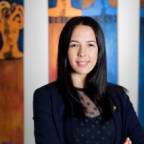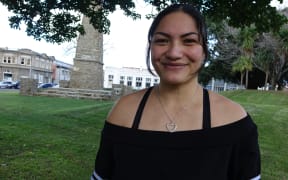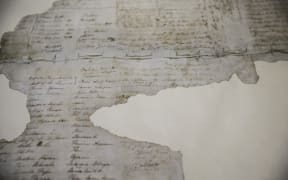Educators are calling for the Treaty of Waitangi to be taught accurately and in-depth in schools.
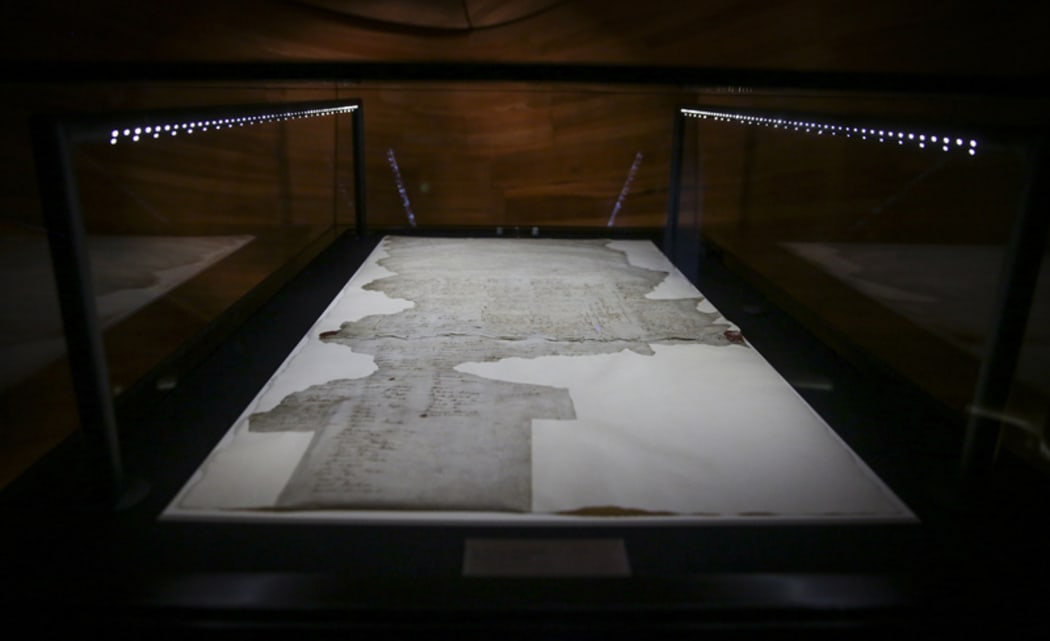
The Treaty of Waitangi Photo: RNZ / Rebekah Parsons-King
But a lack of teaching material and underlying resistance is getting in the way.
Professor Angus McFarlane from the University of Canterbury said there were concerns about what people were learning about the country's founding document.
"There is a general consensus that it is not taught enough and when it is taught, it is often fraught with inaccuracies," he said.
He said teachers were giving a basic run-down of the three articles in the English version of the Treaty but rarely went deeper into it.
But Professor McFarlane suspected many teachers did not know enough about the Treaty themselves.
"Not knowing about the Treaty puts teachers in a precarious position.
"Educators need to become more serious about getting to know the Treaty, about the principles and the articles of the Treaty, and how they can be more binding, than separatist."
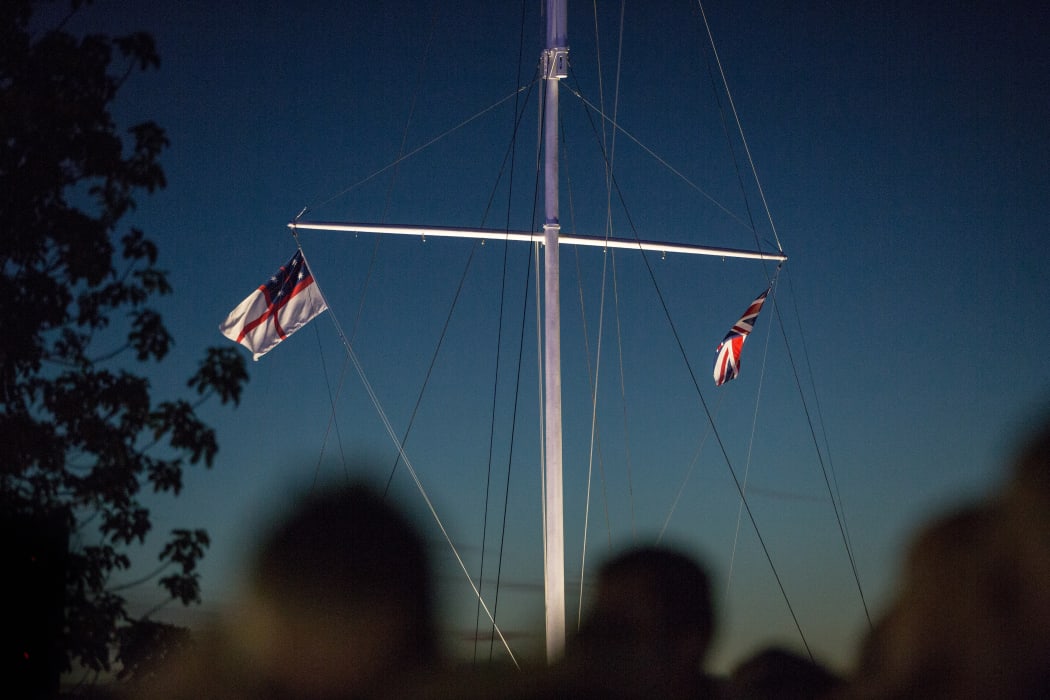
The flagstaff marks the spot where the Treaty of Waitangi was first signed on 6 February 1840. Photo: RNZ / Cole Eastham-Farrelly
Former social studies teacher Mary Greenland agreed, but said it was not that straight-forward.
She was the head of social sciences at a Nelson college for 25 years, and now she advised senior school teachers.
"Many of them do not have a great deal of in depth knowledge, a lot of it is quite superficial," she said.
"I think they would like more. I think they are crying out for me. But where do they get it? There is very little professional learning and development now being offered on the Treaty and teaching the Treaty itself."
Mrs Greenland said another barrier to teaching the Treaty was that students were often not very enthused.
She said they think they learnt it all at primary school, yet many did not know the year it was signed or why it referenced Waitangi.
She feared teachers were avoiding the subject and said a big problem was that it was not mandatory.
"So teachers could leave out the achievement objects on the Treaty of Waitangi. I suspect a lot of them do. It is hard to teach.
"Partly because you have got this barrier where students are going 'uhh' and raising their eyebrows. So they are already coming in with resistance and resentment."
Mrs Greenland would teach about international treaties before teaching about Te Tiriti, to get more buy in from the students.
She said it was important for teachers to better understand the Treaty, and to find ways to engage with students about it.
"If you are passionate about being a New Zealander, you must be passionate about the Treaty of Waitangi. Because without it, we would not exist."
Associate Education Minister Tracey Martin believed the Treaty was taught widely, but it was not done as well as it could be.
"I don't think it is being done lively enough," she said.
"For our teaching staff, with a school that I was involved with, we sent them up to Waitangi with our head of Māori for two days.
"When they came back, it had changed from just a historical document to being a living document about a relationship - and relationships need to constantly be worked on."
Ms Martin said there had been a huge reduction in resources about the Treaty in the past decade and that needed to change.
The University of Canterbury has released a discussion document calling for better teaching of the Treaty.
